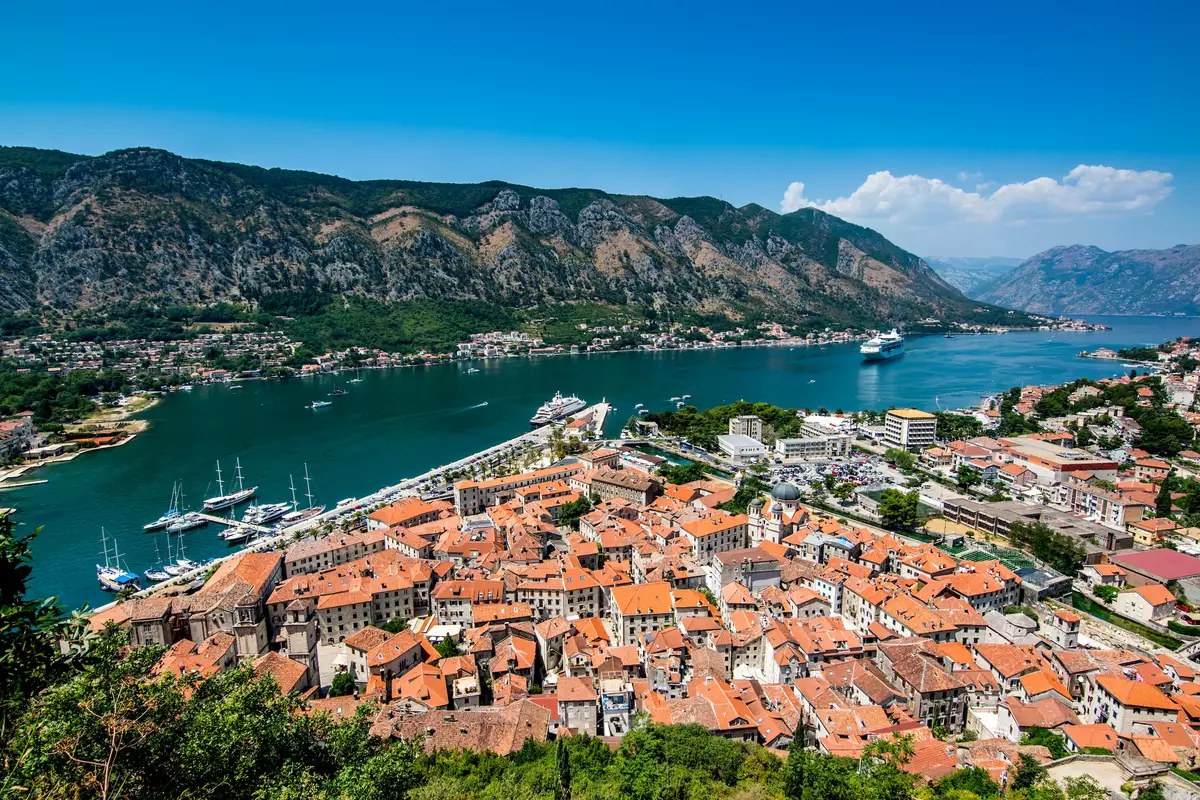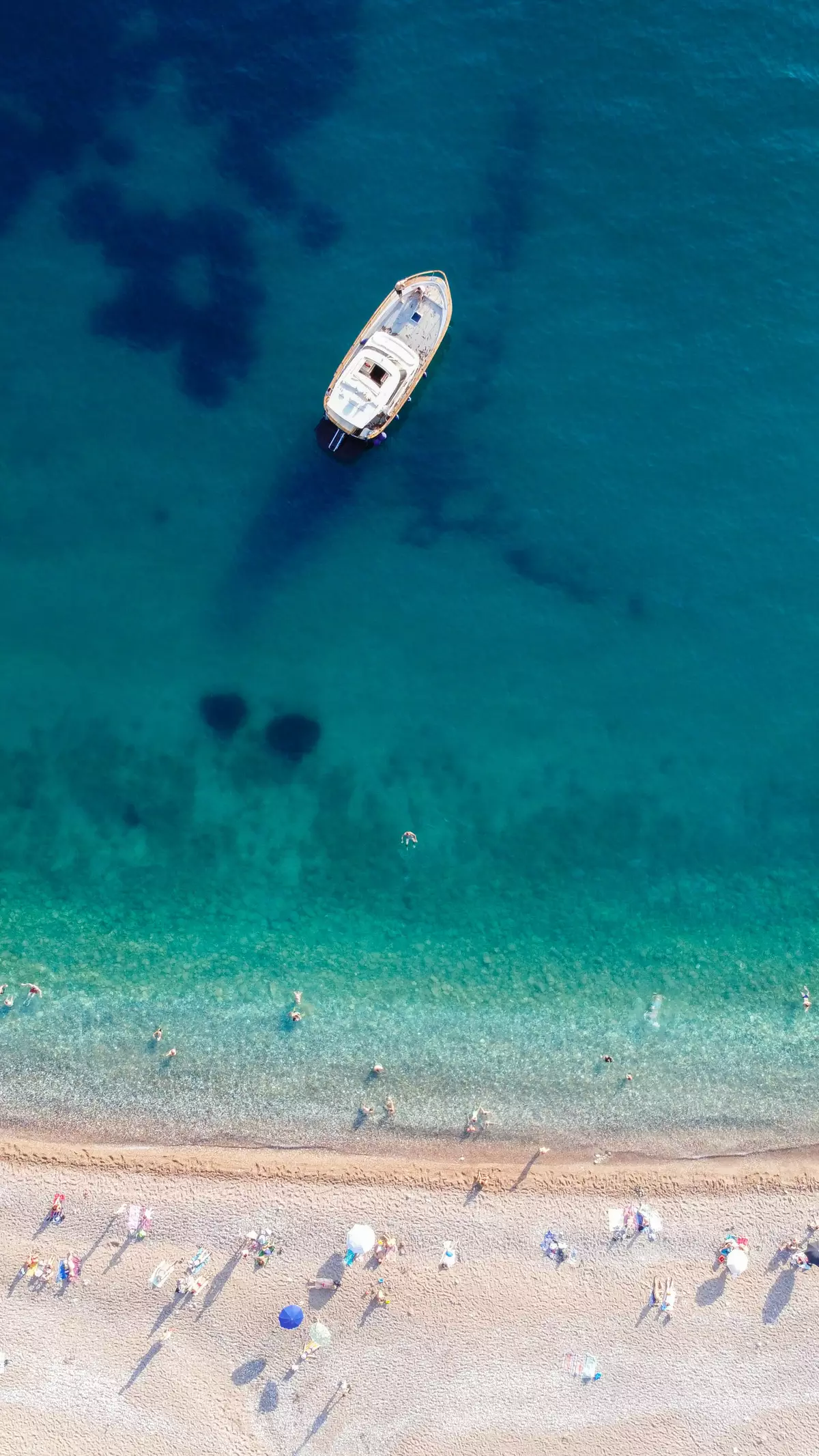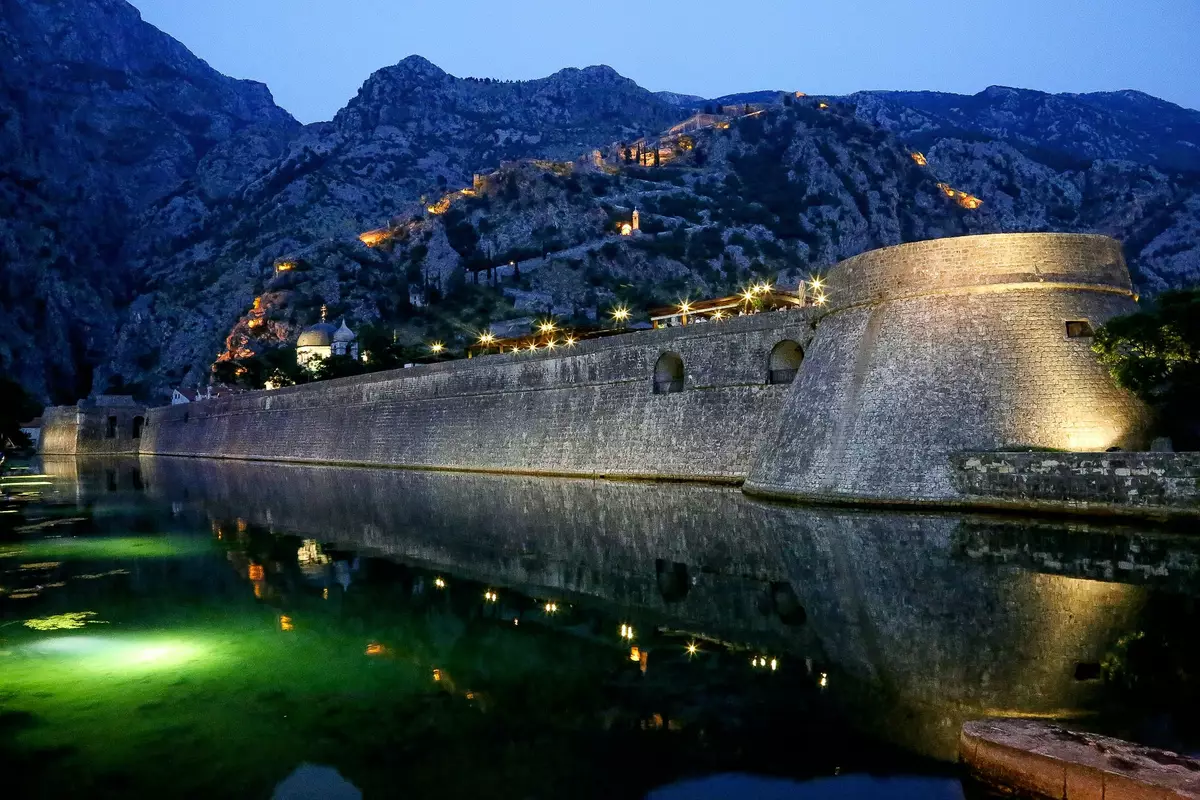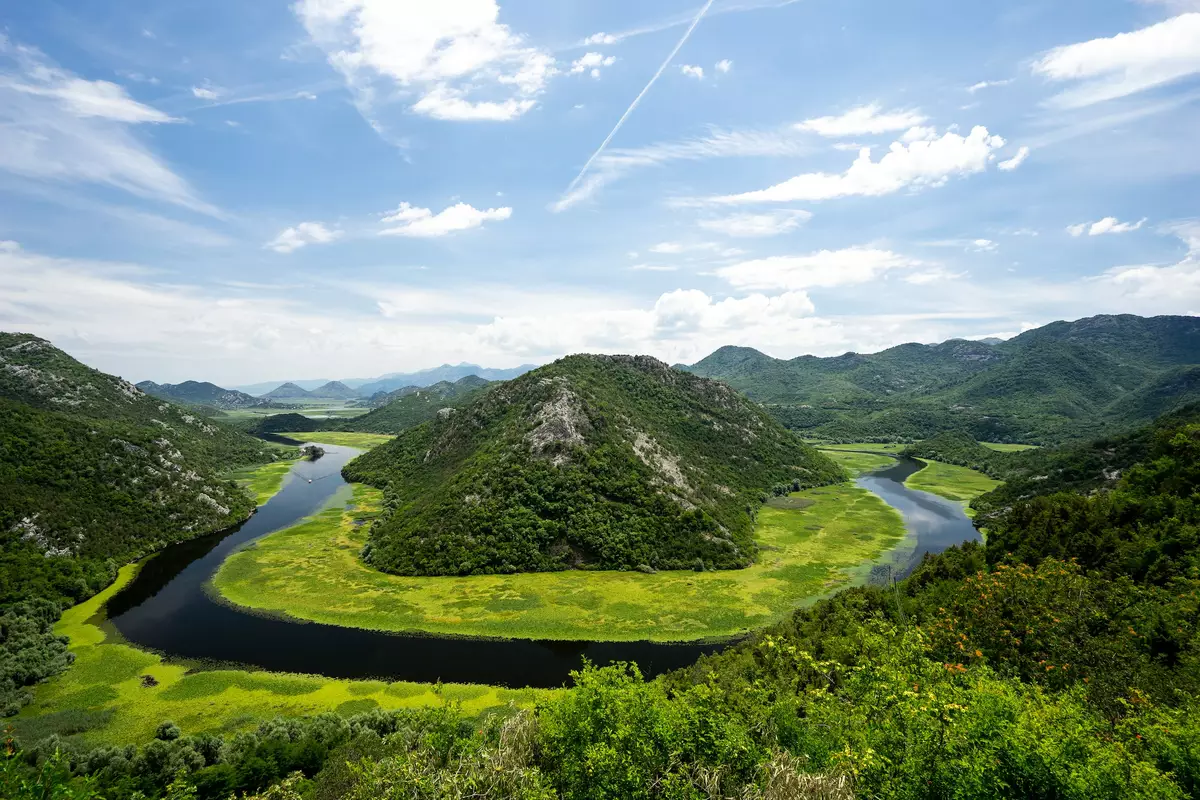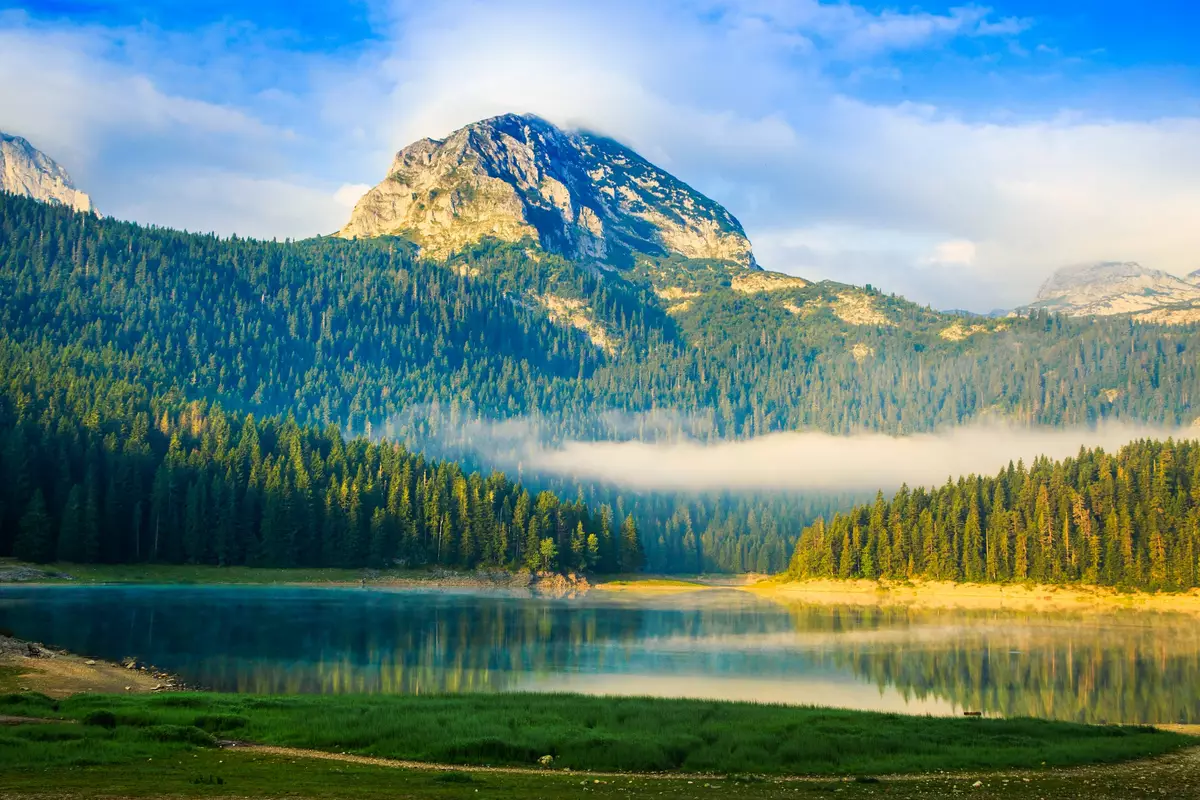Exceptional landscape, clean and clear sea, top gastronomy, enchanting old towns, special atmosphere and hospitality - it is full of contrast and simply - magical! Sveti Stefan, Durmitor, Piva Lake, Kotor, Skadar Lake, Mrtvice Canyon, Ice Cave, Tara. These are just some of the natural attractions to visit and because of which Montenegro has been one of the most desirable destinations in the region for years.
Montenegro has the deepest canyon in Europe, the Tara River Canyon, which is the second in the world after the Colorado River Canyon. Tara is known for its rapids and rafting with rubber boats. Skadar Lake is the largest lake in the Balkans and is connected to the Adriatic Sea by the river Bojana. The Montenegrin part of the lake was declared a national park in 1983. The lake is also a paradise for birds, where some 264 species have been recorded.
Montenegro can also boast of the famous Ostrog monastery, founded in the 17th century. Ostrog is one of the holiest places in the whole of Montenegro, and people from all over the world, especially during the summer months, come to visit this beautiful place. When it comes to the coast, in the bay of Risan, there are the islands of St. George and Our Lady of the Rocks. Here are treasured priceless religious objects and relics.
If you had to find what Bar and Ulcinj, cities on the Montenegrin coast, have in common, you would surely immediately think of the long sandy beaches, hundred-year-old olive groves and the splendor of the Mediterranean vegetation. That is just one part of what these two ancient cities have to offer. The geographical position and the benefits of nature have attracted many civilizations and religions that have left an indelible mark here.
The coast has a Mediterranean climate with cold winters and short and long dry summers. Inland, winters are longer and colder, and summers are shorter and warmer, while mountainous regions have cold snowy winters and warm summers. The Montenegrin coast is best to visit in May, June and September, and avoid July and August, when accommodation is harder to find and prices are high. The ski season lasts from December to March.
You can relax on one of the 117 beaches along the Adriatic coast, wander through the old towns of Budva, Kotor and Bar, climb some of the peaks of Durmitor National Park, explore Europe's last rainforest or sail into the southernmost fjord of the continent. One thing is for sure, you will never forget that vacation.
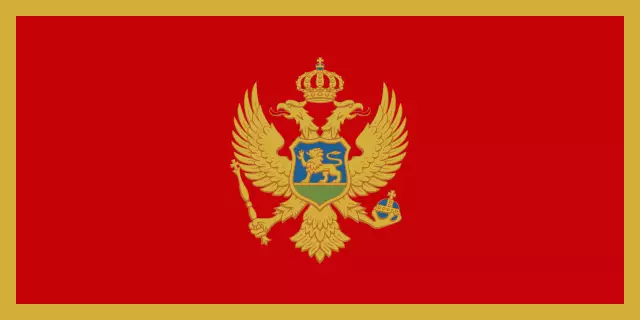
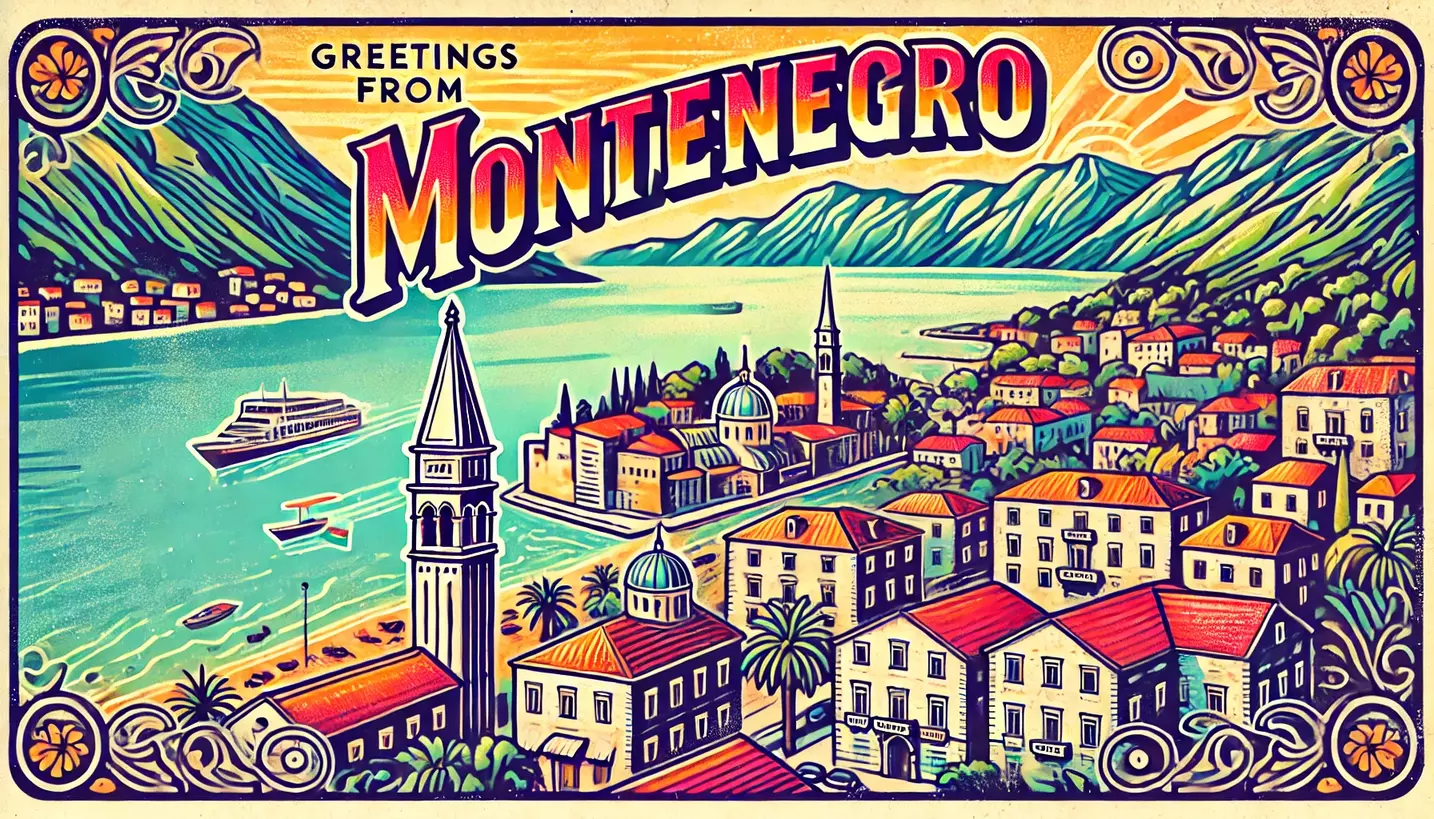 * AI generated postcard, mistakes are possible
* AI generated postcard, mistakes are possible
